This is an extensive review of the Texas Body Building Bar; Texas Power Bar’s newest bar, and the result of a collaboration with pro bodybuilder and Texas native, Branch Warren.
The Texas Body Building Bar has been a terribly fun bar for me to review. I have thoroughly enjoyed training with it for the last couple of months. It has some uncommon characteristics that make it very different from what we’re used to. And not just different, but better in many ways; at least that has been my experience with it.
In today’s over-saturated market of unimpressively similar, 29 mm power bars and 28.5 mm multi-purpose bars, the Texas Body Building Bar just stands out. I don’t think it’s perfect, as you’ll see, but the primary feature of this bar that makes it so unique is definitely my favorite thing about it, and enough to make me overlook the little things that I don’t like so much.
The Body Building Bar is probably still not for everyone, but it could be for you.. so read on!
Texas Body Building Bar Review – Table of Contents
- Texas Body Building Bar Specifications
- The Unique Features of the Texas Body Building Bar
- Knurling Details
- Sleeve Assembly / Rotation
- Finish Options
- Pros & Cons
- Body Building Bar Review Summary
Texas Body Building Bar – Specifications
- barbell weight: 20 kg
- shaft finish: steel (raw, zinc, or Cerakote available)
- shaft diameter: 27 mm
- tensile strength: 190k PSI
- outer knurling: moderately aggressive
- center knurling: 6″ (same knurl as outer)
- sleeve finish: raw steel or chrome
- sleeve assembly: dual roll-pins with recessed end caps
- sleeve texture: grooved
- loadable sleeve length: 14.25″
- rotation: bronze bushings
- whip: high
- warranty: lifetime
- price: $285 – $345 plus shipping
The Unique Features of the Texas Body Building Bar
The Texas Body Building Bar has two features that make it stand out among nearly all other bars; the first being a fairly aggressive but narrow, 27 mm bar shaft, and the second being a series of three sets of hash marks instead of one (or two in the case of most 28.5 mm multi-purpose bars.)
Let’s look at both of these features.
27 mm Shaft Diameter
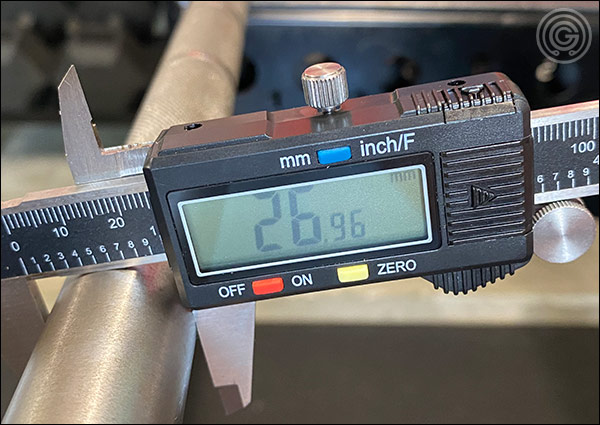
The 27 mm shaft is literally my favorite thing about this bar. 27 mm is the same diameter as a deadlift bar (Texas Deadlift, Ohio Deadlift, etc), and in my personal opinion it’s the perfect diameter both for those heavy pulls, and pressing movements. Of course, this is subjective, and I don’t expect everyone to agree with me, but I find that I can get such a strong, secure grip on a 27 mm shaft, and in the case of the Texas Body Building Bar It is both narrow and aggressive. These two features make for a shaft that’s just so easy to hold on to.
The 27 mm shaft diameter doesn’t really benefit presses like it does the pulls but it still feels really good in the hands. Personally I have always liked pressing with a 28 mm weightlifting bar rather than a 29 mm power bar. I just like the way it feels. As a matter of fact, one of the main reasons that the Super Power Bar is one of my favorite power bars is because it is not a 29 mm bar, so I am not at all surprised by how much I like the way 27 mm feels.
How about those heavy squats though? Wouldn’t a 27 mm bar feel whippy?
Well it just so happens that it is a bit on the whippy side if you’ve got a solid back squat. You will definitely start to feel some obvious elasticity in the bar at 350-400 lbs; and it just keeps getting more noticeable from there. The Texas Body Building Bar probably shouldn’t be the only bar in your arsenal if you’re a huge squatter; unless, of course, you like that kind of flex in the bar for some reason.
Keep in mind that this isn’t a power bar, and it isn’t being marketed as such. There’s nothing about this bar that should be appealing to a veteran powerlifter that can rep 600-lbs. Capps already offers a multitude of bars for that group, namely the Texas Power Bar and the Texas Squat Bar. No, this is a bar for bodybuilders. Big, lean guys and gals who do a ton of longer sets; chasing muscle growth rather than overall strength. For those long, slow, focused sets of 12-15 reps at moderately heavy weights, you want a bar that you can easily hold on to; a bar that sticks set after exhausting set. This is that bar.
Well, that’s my take on it anyway. Capps doesn’t do product descriptions.
Triple Hash Marks
So the Body Building Bar has IPF hash marks; which are 32″ apart, or 16″ from center. This represents the legal bench press hand position. The bar also has hash marks both 3″ inside the IPF marks, and 3″ outside the IPF marks; or 26″ and 38″ apart respectively.
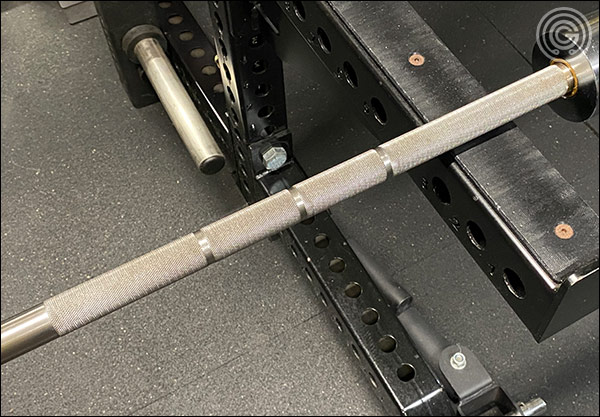
To my knowledge, there’s no rhyme or reason behind the 3″ difference. It appears to be just an arbitrary number. The point of these extra hash marks is just to offer additional reference points for various hand positions; those that require an unusually wide or narrow position. It is just meant to simplify getting into position for lifts that have your hands unusually far from the IPF markings.
Truth be told, these extra marks are weird at first. If you’re used to looking at a bar with only IPF markings (and I’m sure that’s the case), you will be doing double takes for a few of your training sessions before you get used to those extra marks. I still do sometimes even now. I think it can be a useful feature for some though, and one worth getting accustomed to.
I’m personally indifferent to this feature. I am doing so few variations that result in my hands being too far from the standard IPF markings that I just don’t care. It doesn’t matter though. I do love the 27 mm shaft diameter, so if the trade off for having that is extra marks across the shaft, I’m fine with that.
Texas Body Building Bar – The Knurling
The Body Building Bar has a moderately aggressive knurl. I’d say that it is a slightly toned down version of what you’d find on the Texas Power Bar, while still being more aggressive than the Texas Starting Strength Bar.
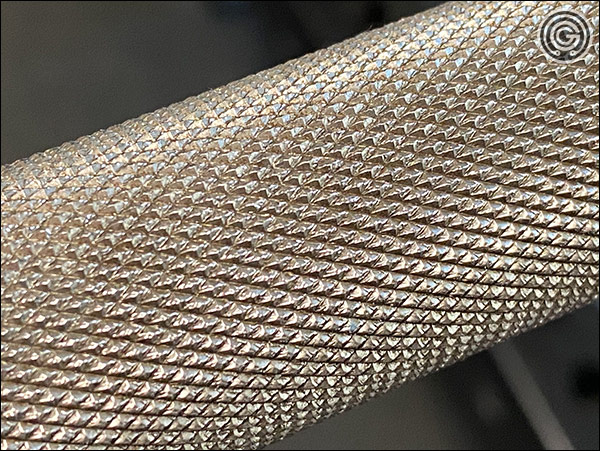
Truth be told, I have a difficult time distinguishing too much difference between the knurl on my Body Building Bar and that of my Texas Deadlift Bar, though that could have more to do with the fact that my TDB is finished while my Body Building Bar is not (because technically the TDB is supposed to be more aggressive than the Body Building Bar.)
In any case, the Body Building Bar has a great knurl. The aggressiveness suits that 27 mm shaft perfectly. I don’t think it would benefit the bar to be anymore aggressive than it already is, and I think it only starts to hurt the bar if it were any less aggressive. A 27 mm bar needs to have some bite to it, but it doesn’t need to feel like a Vulcan Elite or Rep Deep Knurl.
I think Capps and Warren got the knurl just right. You can press heavy with this bar without fear of having the bar imprinted into your skin, but you can still pull a ton of weight off of the floor without having to run to the chalk bucket each set, or worse, grab at those straps. And remember, the Body Building Bar is the same diameter as a deadlift bar so you know that’s gonna feel good for those pulls.
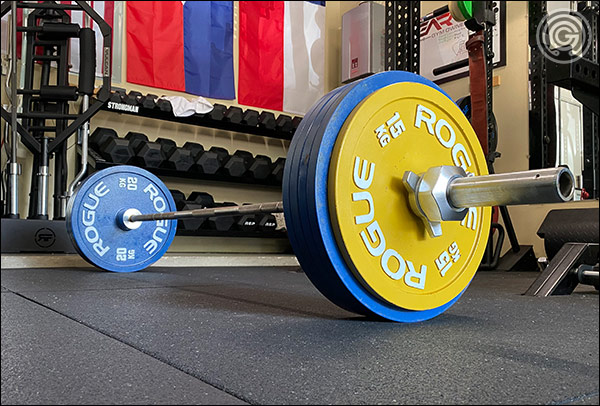
I give the Body Building Bar two big thumbs up for knurl depth / aggressiveness.
Texas Body Building Bar – Sleeve Assembly
Like all Capps bars, the Texas Body Building Bar has sleeves that are assembled with dual roll-pins rather than snap-rings. These sleeves spin very smoothly and reliably, and they are grooved.
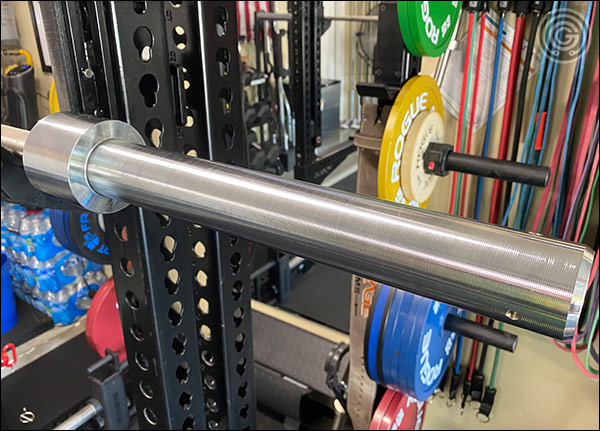
The sleeve shoulders are especially chunky; even for a Capps bar; which I find to be kind of unattractive, but the recessed and beautifully bordered end caps make up for that (and then some.)
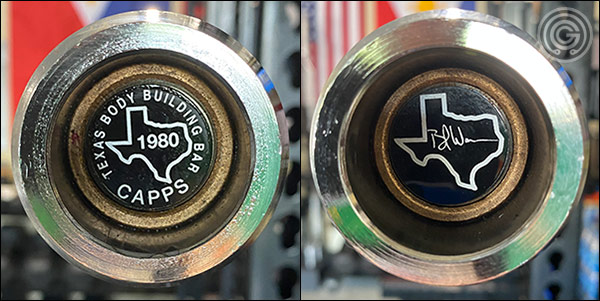
I really love this bar, but I do have three issues with the sleeves, and I’ll list them in order of annoyance (from the least annoying to the most.)
First, like all Texas bars, the Body Building Bar is loud as hell to drop. Nothing can be done about this, obviously, so I’ll just leave it at that.
Second, the sleeves of the Body Building Bar only have about 14″ of loadable sleeve length vs the usual 16″ or so. This isn’t an issue for those using iron plates, but if you’re a bumper-owning gym owner, you’ll definitely have some weight-loading limitations.
I think there’s a reason why the sleeves are so short despite the bar being the usual length, and I believe it’s because the shaft is 2 mm narrower than normal Texas bar. All that weight lost from the shaft was added to the sleeve shoulders, which would explain why each of the shoulders are so chunky on this particular bar.
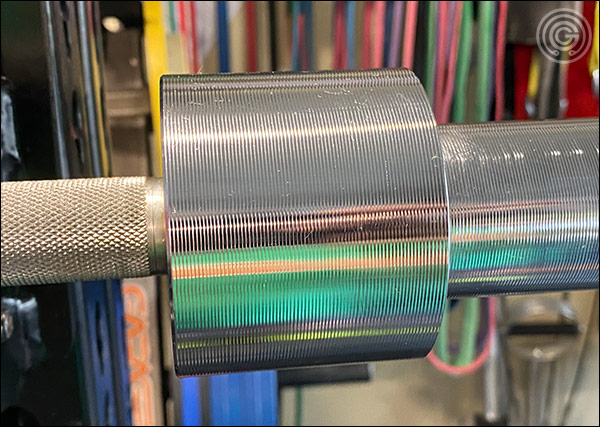
Finally, the grooves. I dislike them very much. They’re fine when the bar is in the rack, but if you’ve got the bar on the floor for deadlifts or rows or something, the process of loading and unloading the bar is far more frustrating than it needs to be.
None of these issues break the bar for me. I can live with them all. You may even think that all three of these complaints are petty or a non-issue for you; in which case, perfect!
Texas Body Building Bar – Finish Options
The Texas Body Building Bar is available in five different finish combinations. Choose from bare steel, black zinc, and Cerakote for the shaft, and bare steel or chrome for the sleeves (chrome is only choice for a Cerakote bar.) Prices start at $285 for an entirely raw bar and go as high as $345 for one of the Cerakote bars; of which there are five.
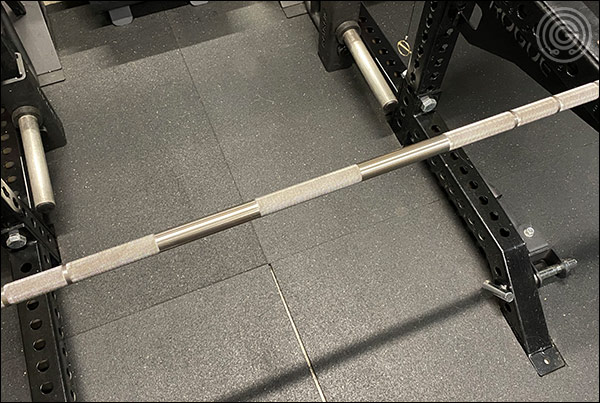
As most of you know, bare steel feels the best overall. It’s naturally grippy and easy to hold on to, and there is no applied finish to water down the knurling. Raw bars do require a bit of maintenance from time to time to keep oxidation away, but how often that needs to happen has a lot to do with your climate. The more moisture/humidity your raw steel bar is exposed to, the more often you’ll be brushing and oiling your bar. I do recommend not selecting bare steel sleeves no matter which shaft variant you go with. Upgrade to chrome.
Black zinc is my least favorite option. Black zinc isn’t known for it’s grippiness, resilience, or aesthetics. It looks great new, but it fades and discolors and just tends to look bad after you put a few miles on it. Black zinc also has a noticeable effect on the knurling; taking the edge off a bit. I really don’t recommend black zinc on any bar when any other option is given.
Cerakote is a great alternative to the bare steel bar if you’re willing to pay the upgrade cost. Cerakote is a resilient and grippy finish that will completely prevent oxidation. It’s also a thin enough finish that it doesn’t take anything away from the original feel of the knurling. And of course, Cerakote comes in different colors; if you care about such things.
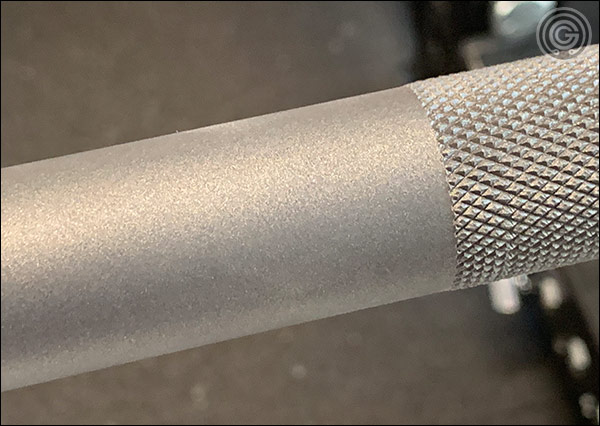
As you can see in the images, I picked up the bare steel variant with chrome sleeves. This bar could not feel any better in the hands, but I regret not having gone with a Cerakote bar. I have already had to oil and remove oxidation from my Body Building Bar twice, and well, I am quite over taking care of raw bars at this stage. I even already knew how good a Capps Cerakote bar felt, as I own the Tungsten Deadlift Bar, yet I for some reason went with a raw bar. Oops.
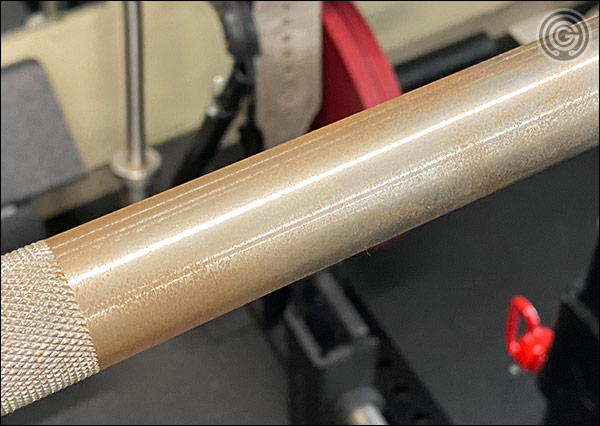
So yeah, of all the various Body Building Bar configurations offered, I highly recommend the Cerakote variant for a garage gym.
Texas Body Building Bar – Pros & Cons
Pros
- The 27 mm shaft feels great. This smaller diameter combined with the aggressive knurl amounts to a bar that feels like it would be impossible to let slip from your grasp. Buy it in anything other than black zinc and that grip security is increased even more.
- The knurling is aggressive, but not painfully so. Not even close. Like all the other Texas bars, the knurl has bite to it, but it’s not razor sharp like an OPB or Vulcan Elite. Secure, for sure, but not over the top. I have literally no complaints about the knurl; only praise.
- The center knurl is approximately 1-2″ longer than most power bars. This just puts more knurled bar in contact with your shirt when squatting. It’s a nice touch.
- Finish options are many; either bare steel, black zinc, or Cerakote for the shaft, and the choice of bare steel or chrome for the sleeves (except for the Cerakote bars; chrome is the only option.) There are also five different Cerakote colors to choose from; Bazooka Green, Black, Blue, Red, and Tungsten.
- The triple hash marks are a nice feature. They take minute to get used to assuming that you aren’t brand new to holding a barbell, but once you do get accustomed to them they do come in handy for lifts that require an especially wide or narrow grip.
Don’t get me wrong, it’s not the most innovative feature in the world or anything, but it’s cool. - Pricing on all of the Body Building Bars is reasonable. Raw steel is $285-$300, the zinc bar is $295-$310, and Cerakote is $345. I think these prices are more than fair.
- Aesthetically, Buddy Capps still makes some of the best looking bars in the world. They are simply beautiful with the dual roll pin sleeve assembly and recessed end caps. The triple hash marks of the Body Building Bar actually makes the bar look more badass as well.
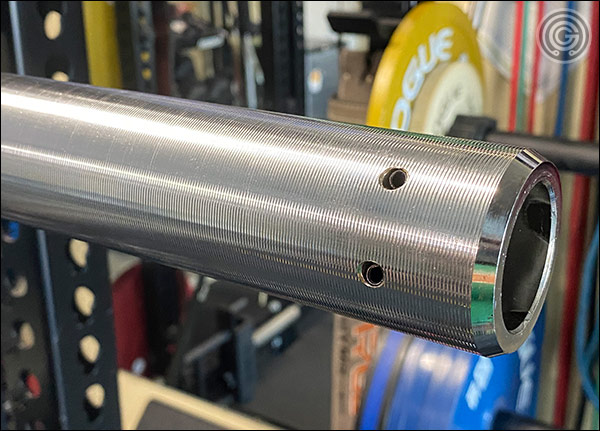
Cons
- The loadable sleeve length is about 2″ less than average. If you’re using bumper plates of any kind; especially the wider, basic bumpers; you may find yourself being limited by how much weight you can load on the bar. This is somewhat disappointing as the Texas Body Building Bar makes for a great deadlift bar.
Those of you with iron / steel weights will not have any issues in this regard.
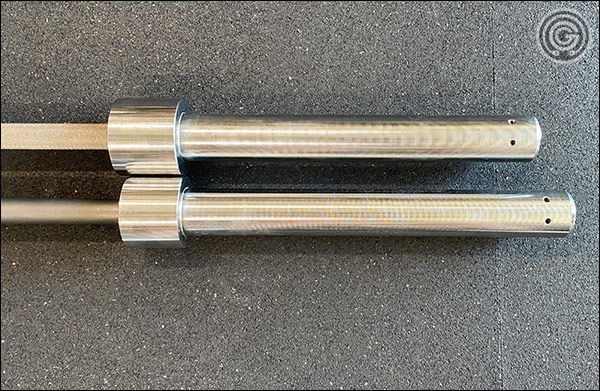
- Sorry to hate on those sleeves again, but I could really do without the grooves. Textured sleeves are great if you’re an Olympic lifter using rubber change plates, but all they’ll do for everyone else is make loading and unloading a grounded bar more frustrating. Like I said above, the Texas Body Building Bar is an excellent deadlift bar. It would be nice if it were easier to load and unload while sitting on the floor.
- Capps is very, very behind on orders. You will be able to order this (or any Texas) bar if you’d like, but it will be anywhere from 4 to 8 weeks or more before your bar ships, and they will not update you on any additional delays. If you need more certainty than what Capps can currently offer you then I suggest going with a different barbell manufacturer; at least until this Covid mess is over.
Texas Body Building Bar – Review Summary
I dig the Body Building Bar; I really do. It gets so much right. The shaft feels great, the knurl feels amazing, it can be used for pretty much anything, and it even looks badass. There are plenty of finish options available, the prices are all reasonable, and it is a Capps product; so we know it’ll go the distance.
I don’t think it’s perfect though. If I could redesign this bar to my liking I would definitely take the grooves off of the sleeves. I would make them as smooth as American Barbell sleeves. I would also work to recover some of that lost loadable sleeve length. 14″ just does not feel adequate for a premium barbell, though like I covered above I get why they are shorter.
Aside from those minor complaints with the sleeve design and my regrets over not buying a Cerakote variant over bare steel, I really like the Texas Body Building Bar. It’s definitely one that I’ll keep around and continue to use post-review. Two thumbs up from me! Best of luck getting one anytime soon though.

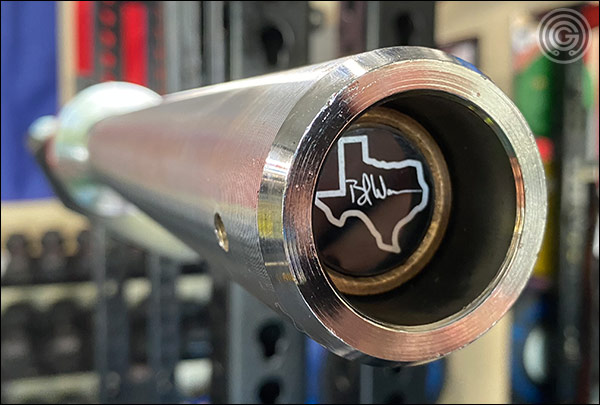
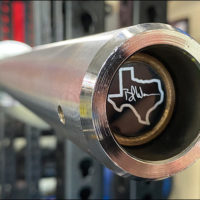
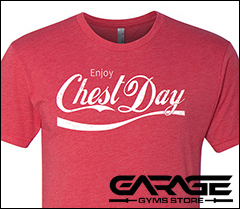
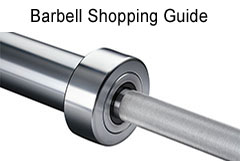
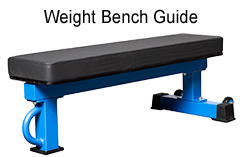
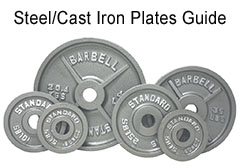
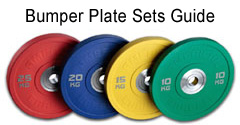
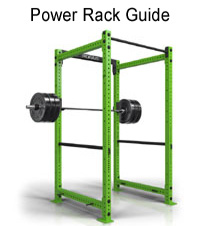
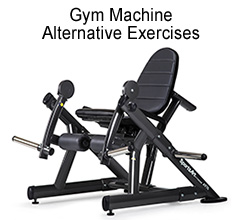

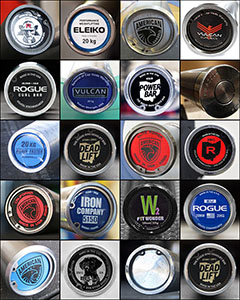

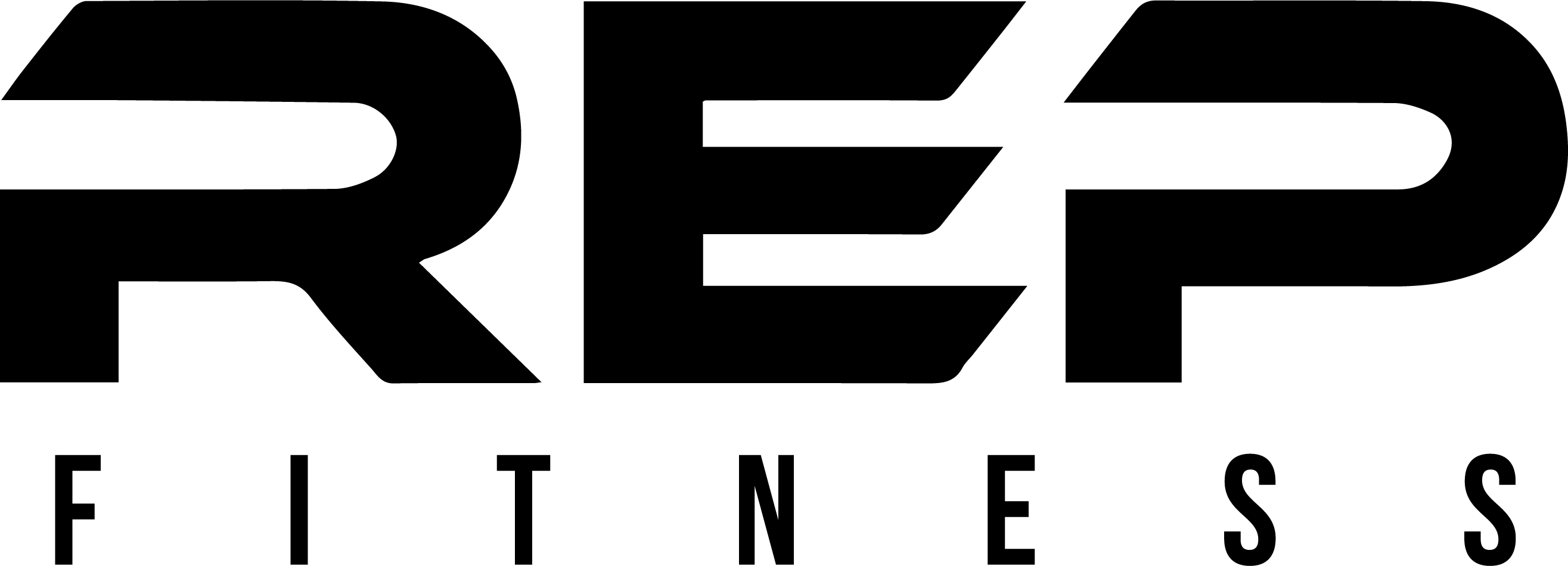
I’ve had the bazooka green cerakote TPB BW BBB since April and love it. I bought it because it had the shortest lead time but I prefer it to the chunkier Eleiko bars my gym used to have. I keep my squats around 350 and no whip has bothered me here. Easy to death squeeze at 27mm which is great. I overhead press with a false or suicide grip and I find the smaller diameter bar feels more contained and like less of a liability.
I completely agree. So easy to hold.
What is a super power bar that you referenced?
A retired American Barbell product
How does the Knurl differ on this bar and the Texas All American Bar?
Also, is the All American Bar just about the same as the Power Bar?
All-American is a mildly knurled bar. It should be the mildest knurl of any Texas Bar. It’s the same shaft as the TPB, but it’ll feel nothing like a TPB. The All-American is a basic, gym bar. A WOD bar.